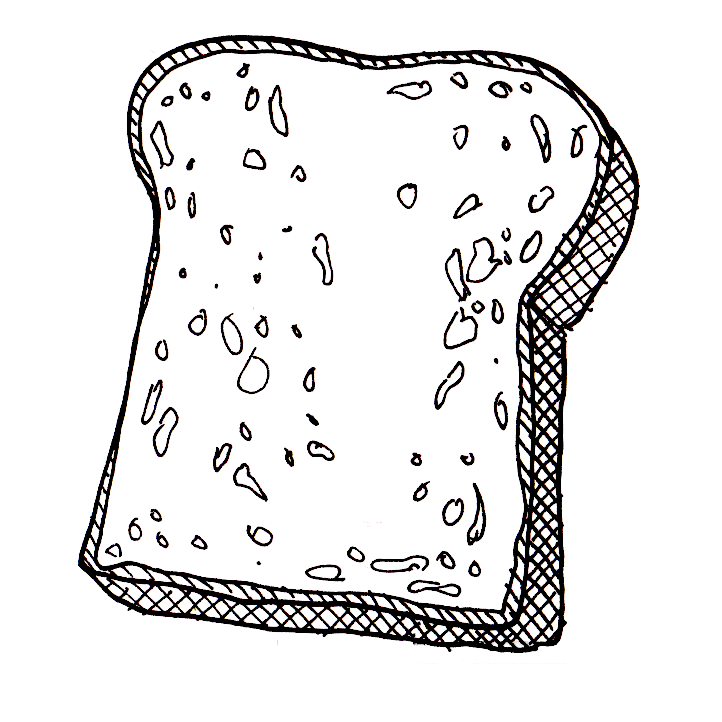Two Wonderful New International Cookbooks
with some bready content
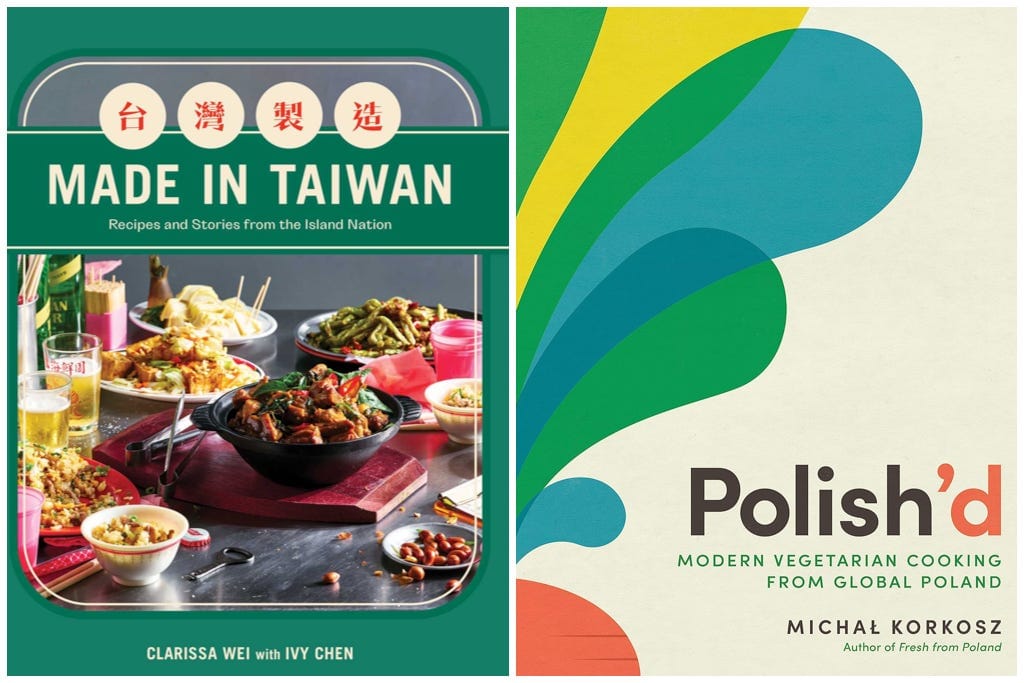
Table of Contents
I have two new cookbook recipe excerpts to share with you this week: one from Made In Taiwan: Recipes and Stories From The Island Nation and another from Polish’d: Modern Vegetarian Cooking from Global Poland, by Michał Korkosz.
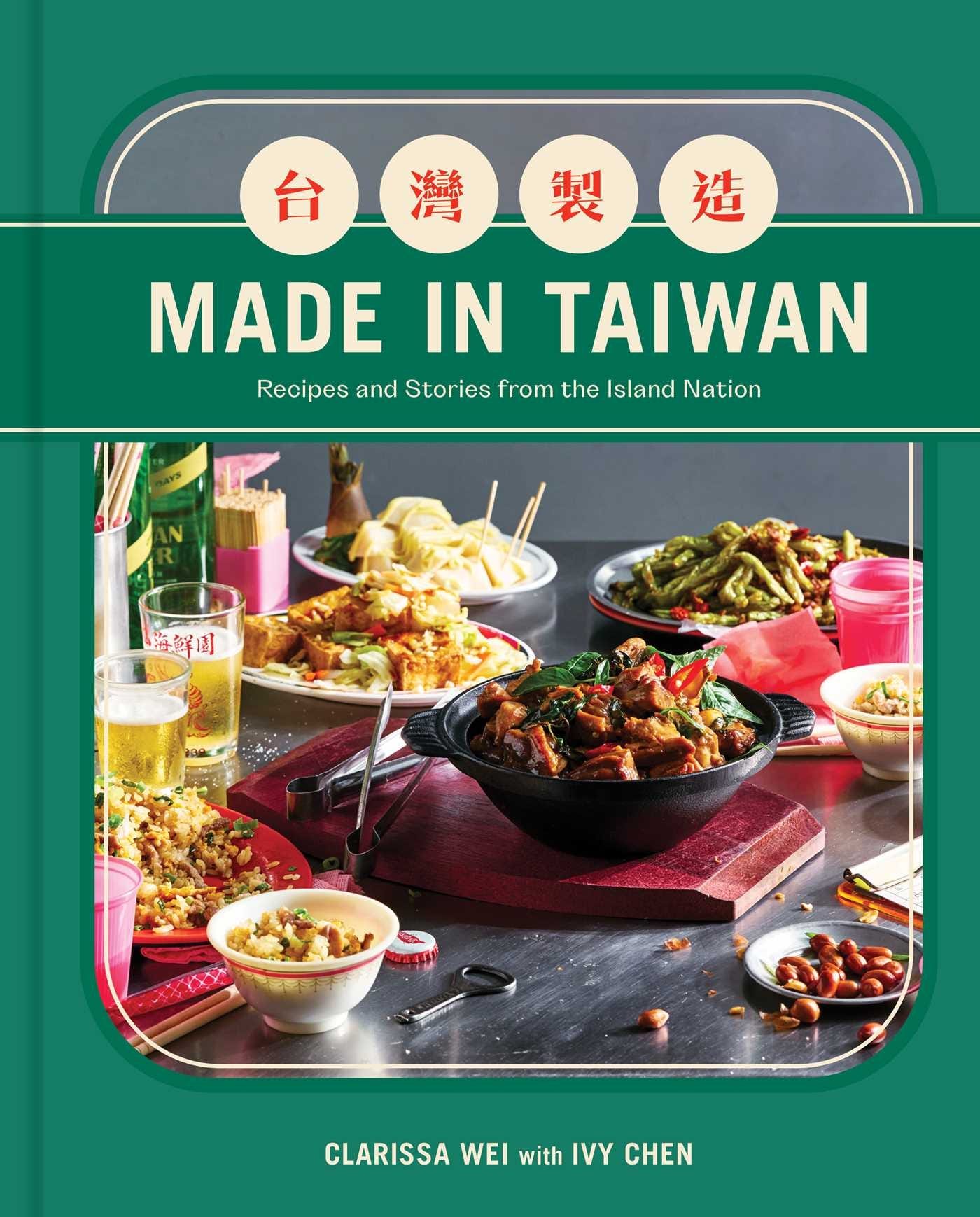
Made in Taiwan is a love letter to the food of Taiwan by , and a forceful statement in favor of the island’s sovereignty relative to mainland China. As Wei writes in the introduction:
[W]hen I turn on the international news, I always feel incredibly disoriented. Every other month, it seems, Taiwan appears on news tickers accompanied by the words China, threat, and conflict; our island is constantly framed as a flash point to potential world war. The Chinese government has made us a target—a so-called renegade province they say is theirs to take despite the fact that we're a self-ruled democracy of 23.5 million people who have never in our history been ruled by the People's Republic of China. Over the years, I've come to realize that the very act of being Taiwanese is a constant fight against unrelenting Chinese state attempts to obliterate our identity. Unlike Taiwan, China does not mind its own business, and rarely do we get the opportunity to freely tell our own stories without having to deal with their very influential, very public displays of outrage.
And so, with food as the focus, this is my take on the Taiwanese story. This book, the recipes, and the stories herein revolve around the central premise that Taiwanese cuisine stands on its own. While one could argue that Taiwanese cuisine is just another provincial expression of Chinese food at large, our food isn’t a subset of Chinese food because Taiwan isn’t a part of China. While many of our dishes have Chinese roots or were brought over by immigrants from China, physical and diplomatic isolation, entirely separate governments, and, most important, a nascent yet powerful Taiwanese identity movement in the face of increasing cross-strait political tensions have given shape to a redefined food culture that’s completely and unquestionably unique. And as the world sees an alarming rise in autocracy and affronts to democracy, it’s more important than ever to remember what makes us different.
You can read more about Made in Taiwan and Clarissa in this great Eater interview:

And at this post from her own Substack, Dear Clarissa (which includes links to other profiles of the book):
Made in Taiwan contains more than 100 recipes from the island nation, both savory and sweet, including numerous breads and buns, among them “coffin bread,” a wild dish that is a “chowder” of chicken, squid, and vegetables encased between two slices of deep-fried white bread, and an unyeasted version of shao bing, a layered sesame flatbread. It also contains a recipe for a pork floss milk bread bun that is a tribute to Yvonne Chen, the Taiwanese baker who introduced the tangzhong technique (which originated in Japan) to the wider world, thanks to her 2007 cookbook, 65 Degrees C.
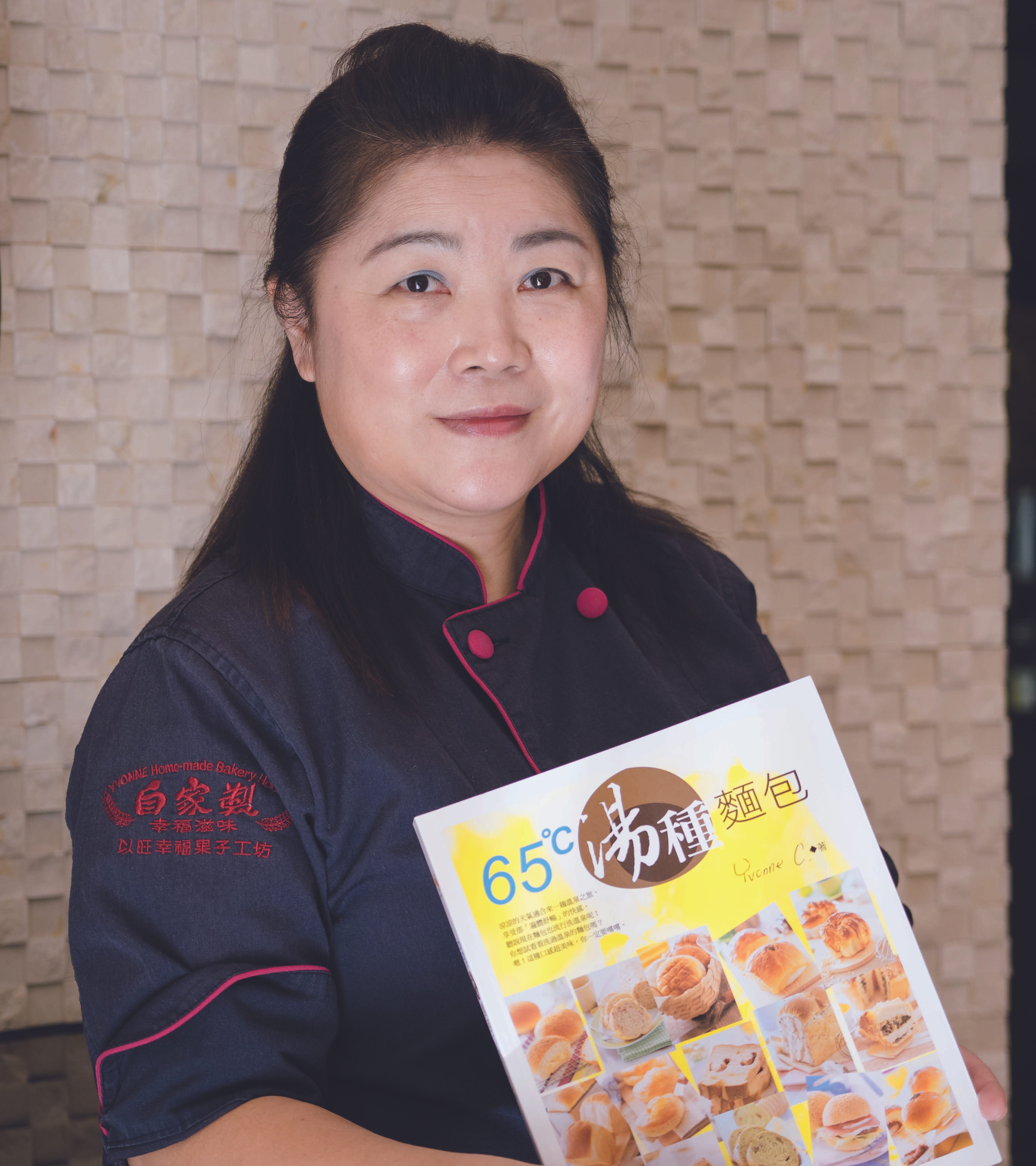
You can find the pork floss milk bread recipe (along with one for homemade pork floss) right here:
And I have a copy of Made in Taiwan to send to a randomly-selected Wordloaf paid subscriber (in the US or Canada, sorry, non-North American readers); if you want in on the drawing, leave a comment with a favorite 2023 cookbook or two below, so others can get some ideas on what to give as gifts this year. (I’ll choose the winner a week from today, 11/28.)
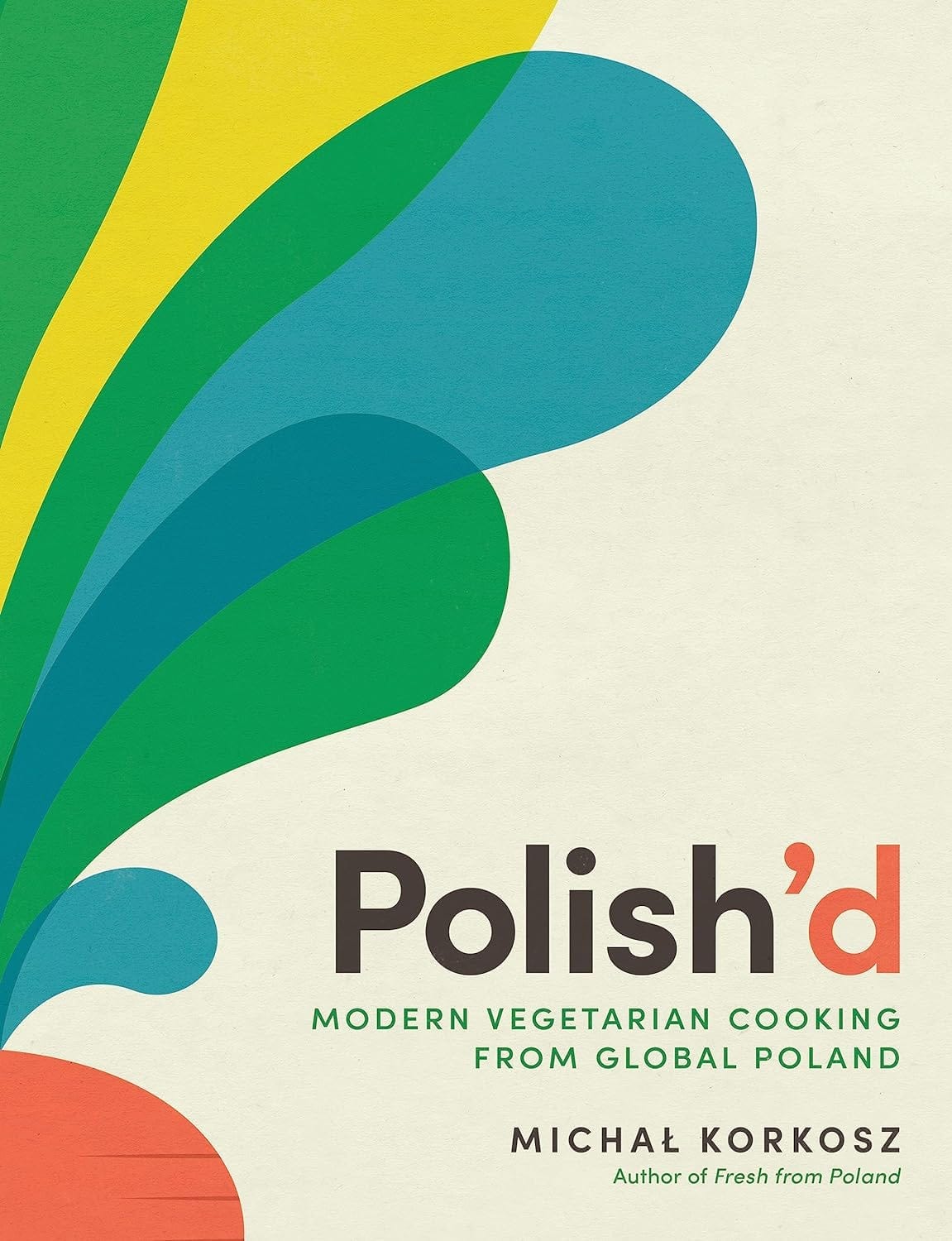
Michał Korkosz’s Polish’d is a collection of more than 100 Polish vegetarian recipes. But unlike many other country-specific cookbooks, which cover the “classics,” this one embraces the fact that Poland, like so many other places, is a crossroads. Here’s some of the book’s introduction:
…Polish cooking has always been multicultural. And it continues to be.
Many chefs, food critics, and historians in Poland argue that "native" Polish cuisine doesn't really exist, because it's a patchwork of regional recipes. What we consider national dishes are almost always derived from or inspired by other food cultures. Kotlet schabowy, the pork schnitzel beloved by many Poles, is a descendant of wiener schnit-el, which Austrians first served in Poland during the nineteenth-century partitions.
The beloved national dish pierogi originates from Red Ruthenia, the territory of Ukraine that was part of Poland many years ago. Before the period of historical turmoil that led to its disappearance from the map of Europe, which lasted 123 years, Poland was a mosaic of nations. As a result, Eastern, Turkish, Ruthenian, German, French, Italian, and Jewish culinary influences, among others, are strong in Polish culture.
The world of gastronomy is no different.
You'd be hard-pressed to find worth-trying restaurants serving what's considered native Polish food. Compared to other European capitals such as Paris, Madrid, or Rome, Warsaw is a cultural melting pot where you can taste flavors from all over. Despite a declared love for national dishes, Poles adore discovering new flavors. And we're sensitive to the challenges posed by the modern world, such as climate change. Traveling around the globe, I've yet to visit another city where vegetarian cuisine is as strongly emphasized as it is in Warsaw. Happy Cow, an online hub that lists sources of vegan, vegetarian, and healthy food, has even named Warsaw as one of the most vegan-friendly cities in the world. We Poles are very aware of climate change, animal rights, and our overall health, so we've begun to opt for vegetables and grains over meat. These preferences have inspired changes in the way we cook and eat today.
I was focused on tradition in Fresh from Poland, but here, I'm going a step further to present to you what Polish cooking looks like today and, in fact, how it has always looked. On the one hand, these recipes are a modern and vegetarian take on long-established Polish recipes, but on the other, they’re infused with flavors and ingredients brought to Poland by immigration and globalization throughout history. Some people may call this fusion, but I’d rather think of it as the natural integration of global flavors and ingredients into Polish cuisine that has come to pass over time.
I’d guess there are few cuisines in the world that haven’t been influenced and inspired by outsiders who’ve come to reside in their home territories. And for which the infusion of new ideas and flavors wasn’t elevated by the cross-pollination. You can read more about Polish’d and what inspired it over at ‘s Substack, where he shared an interview with Michał (along with a recipe from the book for Crispy Smoked Tofu with Black Polish Sauce):
And I’ve got a recipe for Drożdżówki With Black Currant And Brown Butter Streusel, which are fruit-filled, streusel-topped buns that seem like they must be cousins of the Czech kolache, which you can find right here:
Don’t forget to leave a comment below with a favorite recent cookbook or two if you want in on the Made in Taiwan giveaway!
—Andrew
wordloaf Newsletter
Join the newsletter to receive the latest updates in your inbox.


